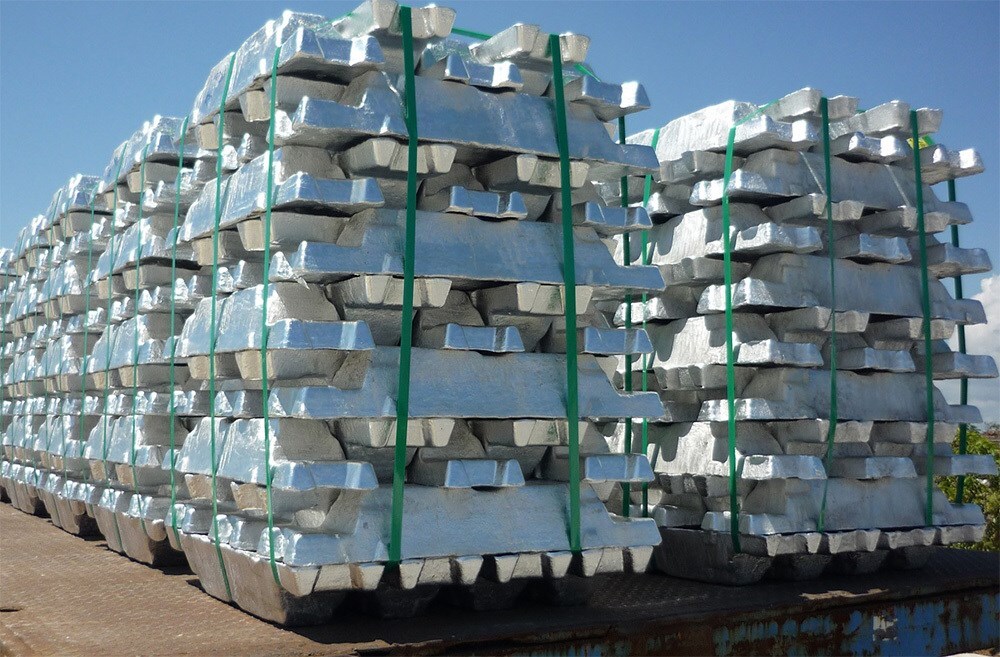

Aluminium prices have witnessed a 0.09 per cent rise, amounting to USD 273.8 per kg, attributed to revived market sentiment by the support of China’s economy-boosting measures and the US government shutdown causing supply disruptions.

Supply tightness builds globally
Production issues at major smelters have also contributed to the price hike, amplifying concerns of a supply squeeze. The suspension of one potline at Iceland’s Grundartangi smelter, Alcoa’s decision to close the Kwinana alumina refinery in Australia, and output cuts at Century Aluminium’s Iceland plant due to electrical failures have all reduced global capacity. These developments mark a notable shift after years of consistent oversupply.
Kedia noted as traders increasingly bet on a structural rebalancing of the market, fund inflows into LME aluminium contracts have risen sharply. The growing optimism also stems from the belief that the era of chronic oversupply may be ending.
Also read: US Aluminium Midwest Premiums hit record high – what drives the surge and who bears the cost?
China’s measures lift demand outlook
China’s announcement of new growth-boosting measures and easing deflationary pressure is another factor behind this growth. The government’s pledge to cap smelting capacity at 45 million tonnes shows continued policy restraint, though analysts said production could still edge above this limit amid strong demand.
Meanwhile, Shanghai Futures Exchange inventories slipped 0.2 per cent week-on-week, reflecting solid consumption from downstream sectors. Aluminium imports surged 35.4 per cent year-on-year to 360,000 tonnes in September, while exports touched 542,000 tonnes in July, highlighting China’s crucial role in market balance.
Beyond China, regional indicators also point to firm physical demand.
To know the latest market trends across the globe, explore our 50+ industry reports
Regional premiums reflect physical demand
The European aluminium premium jumped to USD 328 per tonne, its highest since February, indicating robust demand from the transport and packaging industries. Analysts expect premiums to stay elevated if energy costs rise through winter.
Market participants see support at USD 273.2 and USD 272.4, with resistance near USD 274.5–275. The tone remains cautiously bullish as investors weigh improved demand signals against uncertain energy markets.
Must read: Key industry individuals share their thoughts on trending topics
Responses








